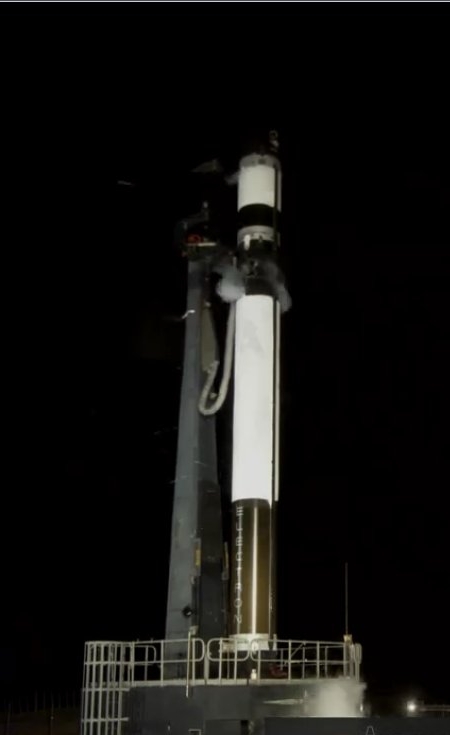UK to bid for purchase of bankrupt OneWeb
Capitalism in space? The United Kingdom appears about to bid $500 million to purchase the bankrupt satellite communications company OneWeb, apparently in an effort to use its satellites as a quick form of GPS-type satellites.
Among the uses being claimed for OneWeb’s technology is that it could be an alternative Galileo, the GPS satellite constellation built by the EU. Britain was kicked out of the project as a result of Brexit. Some have speculated OneWeb might be used as a cheaper alternative.
However, while acquiring such a satellite network would be a coup, industry sources are divided on whether the satellites could be easily retrofitted to perform a role as GPS. GPS technology is also owned by the US, and Washington has been against its allies building rival systems. “The system was built as a communications network,” says one source, questioning how easily it could be changed to GPS.
The article also notes that three Chinese companies are also considering bidding. All these foreign bids (especially the Chinese ones) however face U.S. government review, which will I expect almost certainly reject the Chinese bids.
The deadline for bids is tonight, so we shall find out soon.
Capitalism in space? The United Kingdom appears about to bid $500 million to purchase the bankrupt satellite communications company OneWeb, apparently in an effort to use its satellites as a quick form of GPS-type satellites.
Among the uses being claimed for OneWeb’s technology is that it could be an alternative Galileo, the GPS satellite constellation built by the EU. Britain was kicked out of the project as a result of Brexit. Some have speculated OneWeb might be used as a cheaper alternative.
However, while acquiring such a satellite network would be a coup, industry sources are divided on whether the satellites could be easily retrofitted to perform a role as GPS. GPS technology is also owned by the US, and Washington has been against its allies building rival systems. “The system was built as a communications network,” says one source, questioning how easily it could be changed to GPS.
The article also notes that three Chinese companies are also considering bidding. All these foreign bids (especially the Chinese ones) however face U.S. government review, which will I expect almost certainly reject the Chinese bids.
The deadline for bids is tonight, so we shall find out soon.



